Each day for the past 29 years, Mauro Morandi has woken up to a golden sunrise illuminating the Mediterranean Sea.
It’s a view that doesn’t grow old – and one Morandi doesn’t share with a single soul.
The engimatic 79-year-old lives alone on the beautiful Isle of Budelli in the Maddalena archipelago of Italy. He’s called this slice of paradise his own since 1989, when he departed mainland Italy in an attempt to quit modern society and start anew.
After years of living in solitude, in recent years Morandi has opened up his corner of the world, taking striking photographs of Budelli’s landscapes and wildlife and showcasing them on his Instagram, Facebook and Twitter.
Now, Morandi is as much of a draw for summer visitors as Budelli’s famous rose-colored sandy beach, La Spiaggia Rosa, but his quiet life remains almost unchanged since he first docked on the shores of this destination.
Rebellious nature

Morandi says his unconventional life is the result of a lifelong nonconformist streak.
“I was always a rebellious child,” he tells CNN Travel. “I think I ran away from home, the first time, aged nine.”
At school he was impatient with teachers, at home he was frustrated with his parents. As an adult, he felt disenfranchised from society.
“I was a protester in ’68. Then I stopped engaging in politics because I realized I was not made for armed conflict, I hate weapons,” he says.
“You’re able to tell my mood…” Morandi reflects. “I started thinking about leaving a society that does not take the individual into account, but thinks only of power and money.”
Frustrated, Morandi made the decision to depart Italy, alongside a couple of friends.
“We took a catamaran to go to Polynesia to look for a desert island to start a new life,” he says.
Instead, the party landed on the blush-colored shores of Budelli, which lies between Corsica and Sardinia.
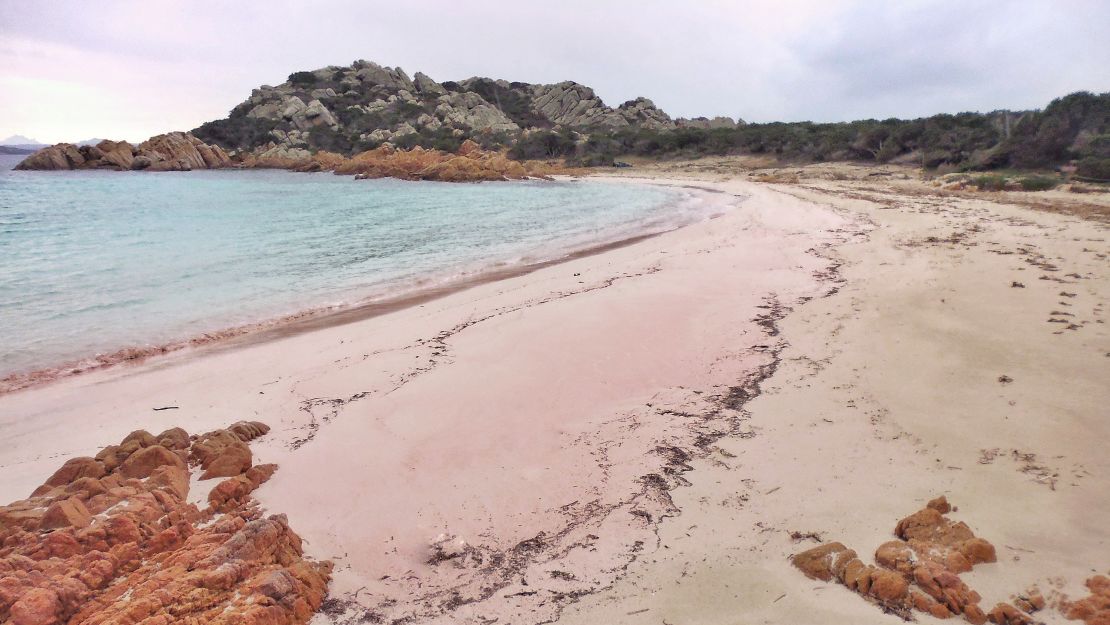
This spectacular island has a varied history. Used by the Romans, it later made an appearance in the 1964 Michelangelo Antonioni movie “Red Desert.” During the latter part of the 20th century, the island had various private owners.
When Morandi arrived in the late 1980s, he realized he had the perfect deserted island right in front of him. And as luck would have it, Budelli’s caretaker was about to retire.
“And that’s how I took his place and found my Polynesia here,” he says.
Island duties
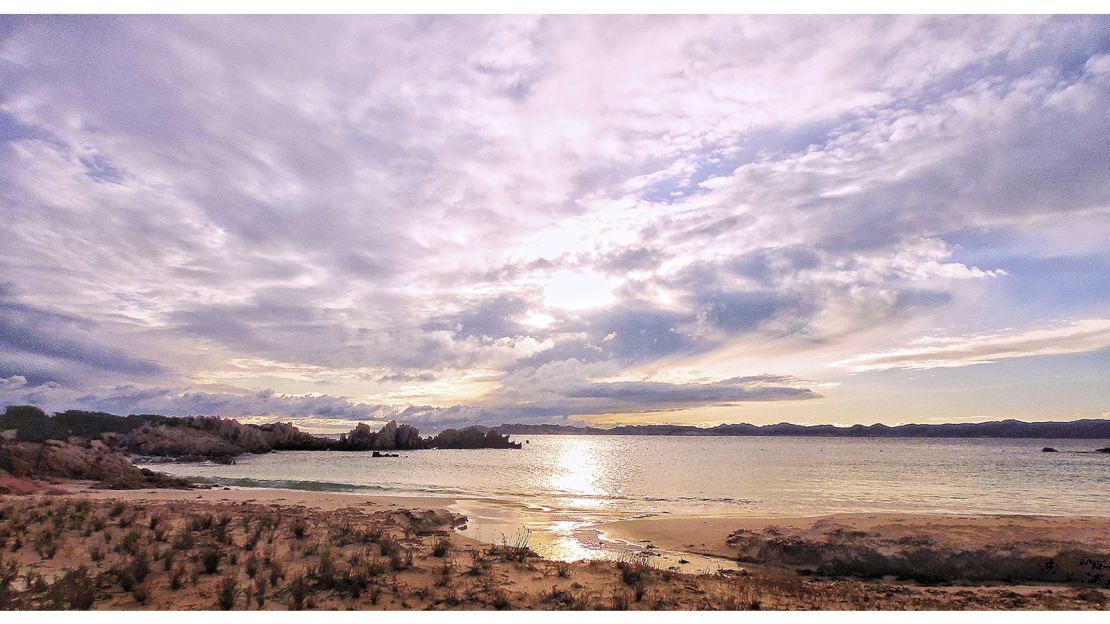
Morandi became the island’s official guardian, monitoring the upkeep of Budelli and – at first – consciously avoiding summer daytrippers.
He inherited the tumbledown shack the former caretaker had lived in, and it’s been his home ever since.
“The first few years I was very standoffish,” recalls Morandi. “I did not want to communicate with anyone who came to see the pink beach, and I enjoyed all this beauty alone.”
As the years passed, Morandi mellowed.
“I felt a bit selfish and I wanted to share with the whole world what I consider one of the great beauties of nature,” he says. “Because I think like Dostoevsky that only beauty can save this world from man-made destruction.”
Morandi started to engage with the daytrippers who stopped off at Budelli on their boat tours of the seven Maddalena islands.
Now he gives tours and talks to guests in the summer months. He says he makes a particular effort to speak to children.
He cares about the environment – and stringently protects La Spiagga Rosa, which due to erosion from frequent tourism, has been cordoned off since the 1990s. Now visitors walk around the beach, leaving its famous sand untouched.
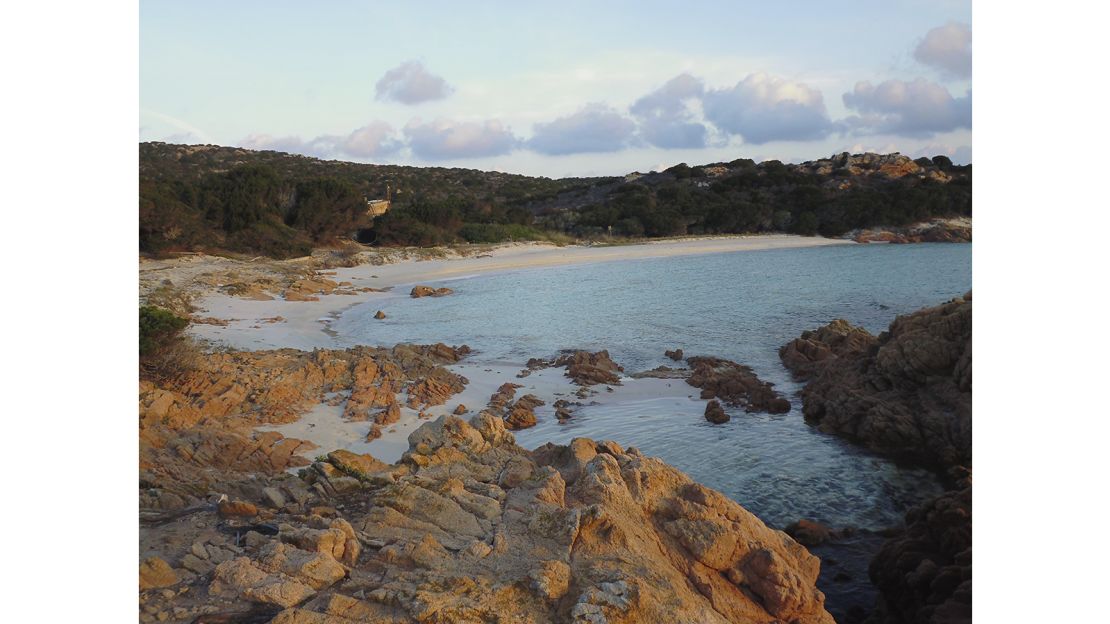
Morandi spends his days photographing island life, enjoying his own company and reflecting.
But his time enjoying this idyll might be coming to an end. Ownership of the island has changed several times over the last few years. Since 2016, Budelli has been a government-owned national park, rendering Morandi’s role obsolete.
“The island has been acquired by the state and I am here until the new president of the park decides what to do with me,” he says.
The authorities made Budelli part of La Maddalena National Park and installed Wi-Fi for visitors. Morandi might resent government interference, but he’s pleased he can now share his photographs on social media.
“I just get up in front of the sea to take pictures of the sunrise, have breakfast, I feed the two cats and then the hen,” he says. “Then I start working on the tablet to process photos, comment and answer questions, given that I have 5,000 Facebook friends.”
Internet sensation
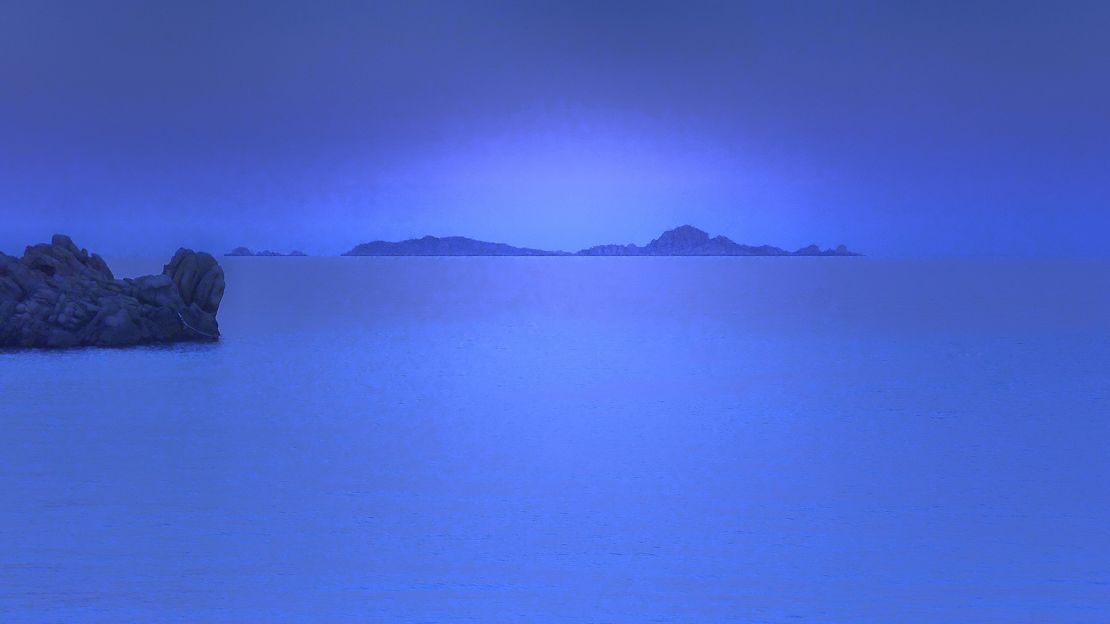
Morandi shares photographs of the sun rising and setting, the tide lapping over the sand, stormy skies and the pink-colored micro organisms that give La Spiagga Rosa its name.
“I think that on Google Maps my photos have been viewed so far by almost 600,000 people,” says Morandi.
Thanks to his increased exposure, Morandi has become as much of an attraction to visitors as the beaches.
“In the summer, the days are exclusively dedicated to communicating with tourists, who now come more than anything else to meet the ‘madman’ who lives alone on an island,” he says.
In the winter months, however, visitors remain infrequent. Morandi spends huge stretches of time alone. “I’ve never felt loneliness, because I’m fine by myself,” he insists.
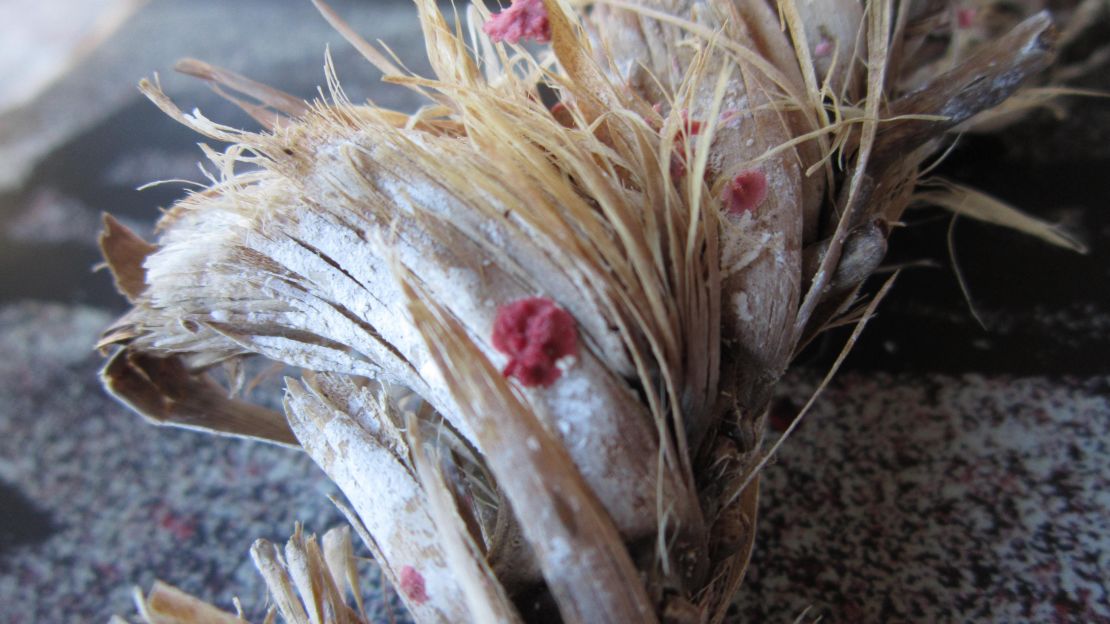
He has family ties to Italy’s mainland, but remains committed to his life on Budelli. Ideally, he says, he’ll stay there for the rest of his life.
But the decision might not be up to him.
Morandi’s place on Budelli has remained uncertain since the government takeover. In 2016, his right to live on the island was challenged. But a petition protesting this decision got more than 18,000 signatures. He remains in limbo.
Time will tell what the future holds for both the Isle of Budelli and its sole resident – who says he only wants the best for the island.
And while Morandi might have arrived in Budelli to escape from society, he says he doesn’t mind that the internet has widened his world:
“I am very satisfied with my visibility, because I think it can help to appreciate the beauty [and] therefore the respect and protection of nature,” he says.













![<strong>Internet presence</strong>: Morandi came to Budelli to escape from society, but he says he doesn't mind that the internet has widened his world. "I am very satisfied with my visibility, because I think it can help to appreciate the beauty [and] therefore the respect and protection of nature," he says.](https://media.cnn.com/api/v1/images/stellar/prod/180309114828-monte-budello-88-mt.jpg?q=w_1600,h_900,x_0,y_0,c_fill/h_447)







